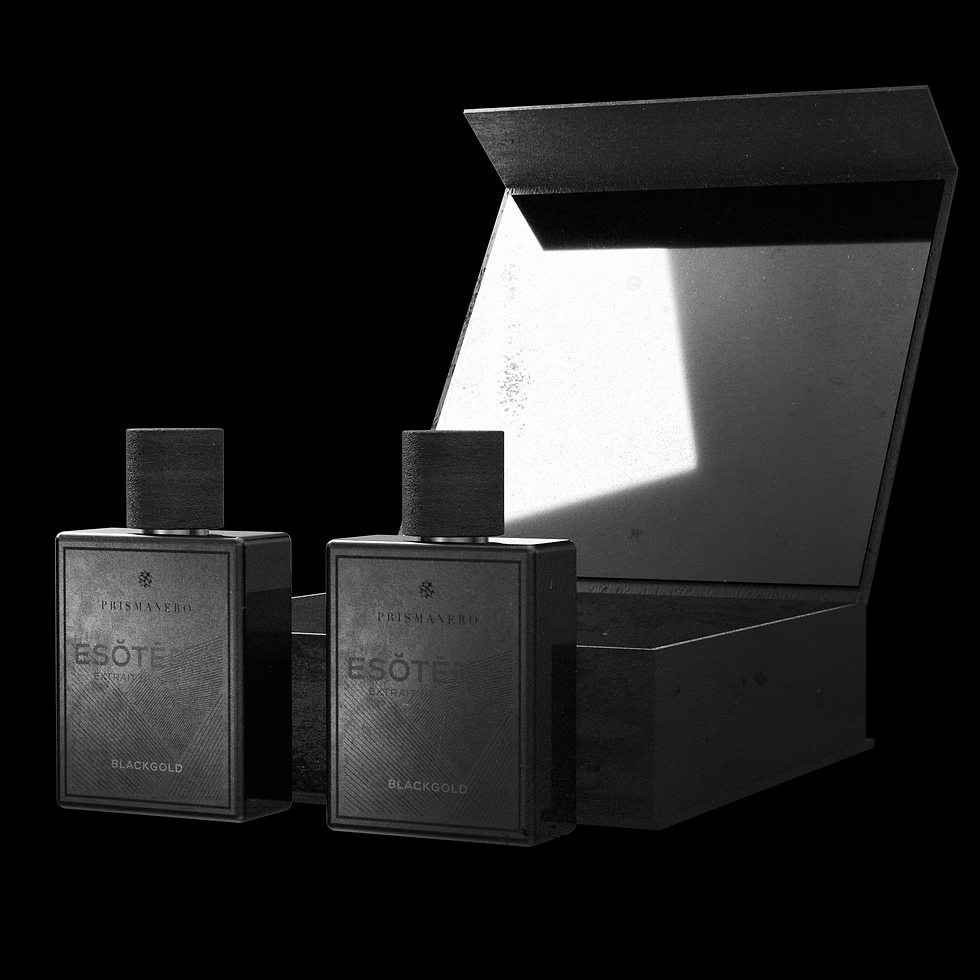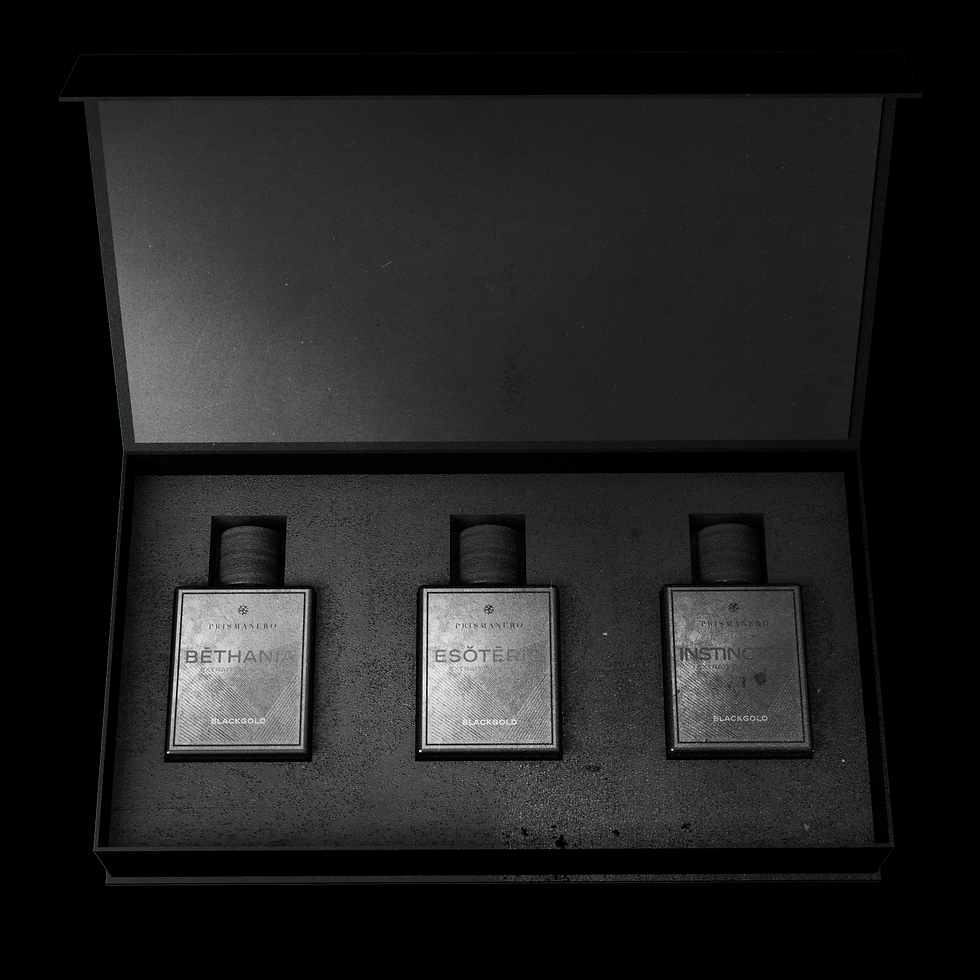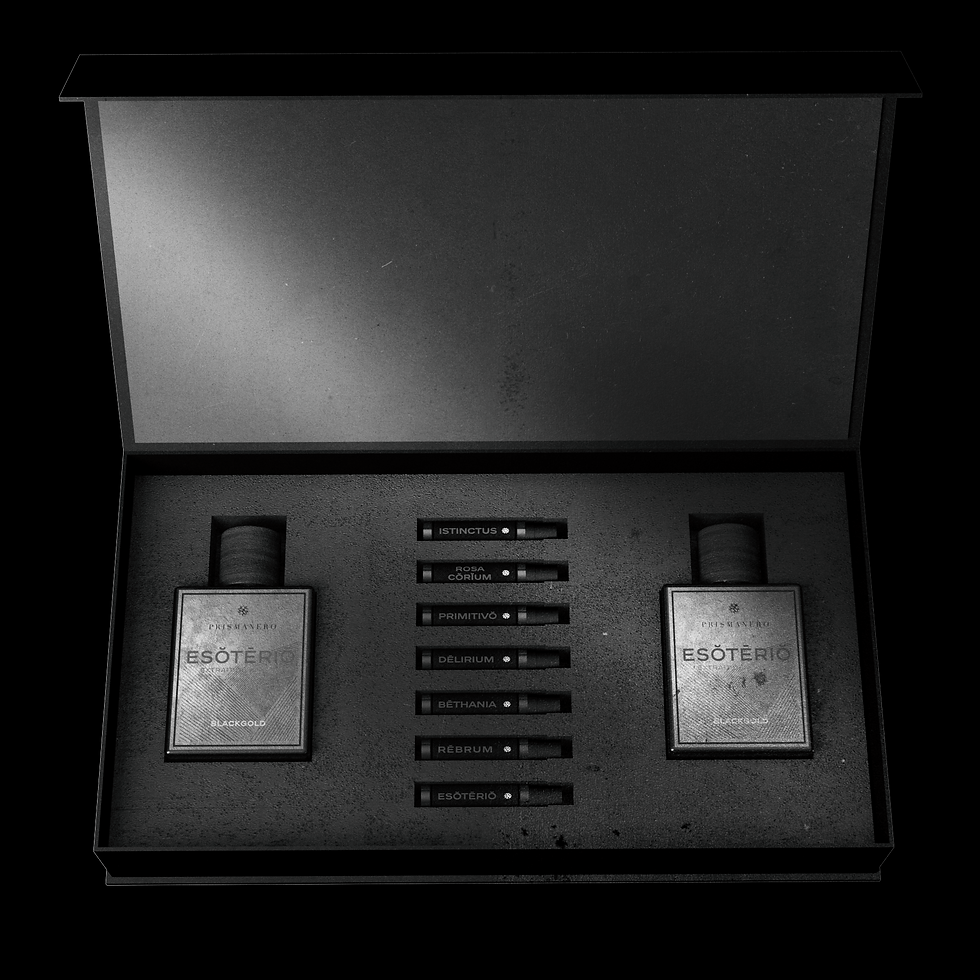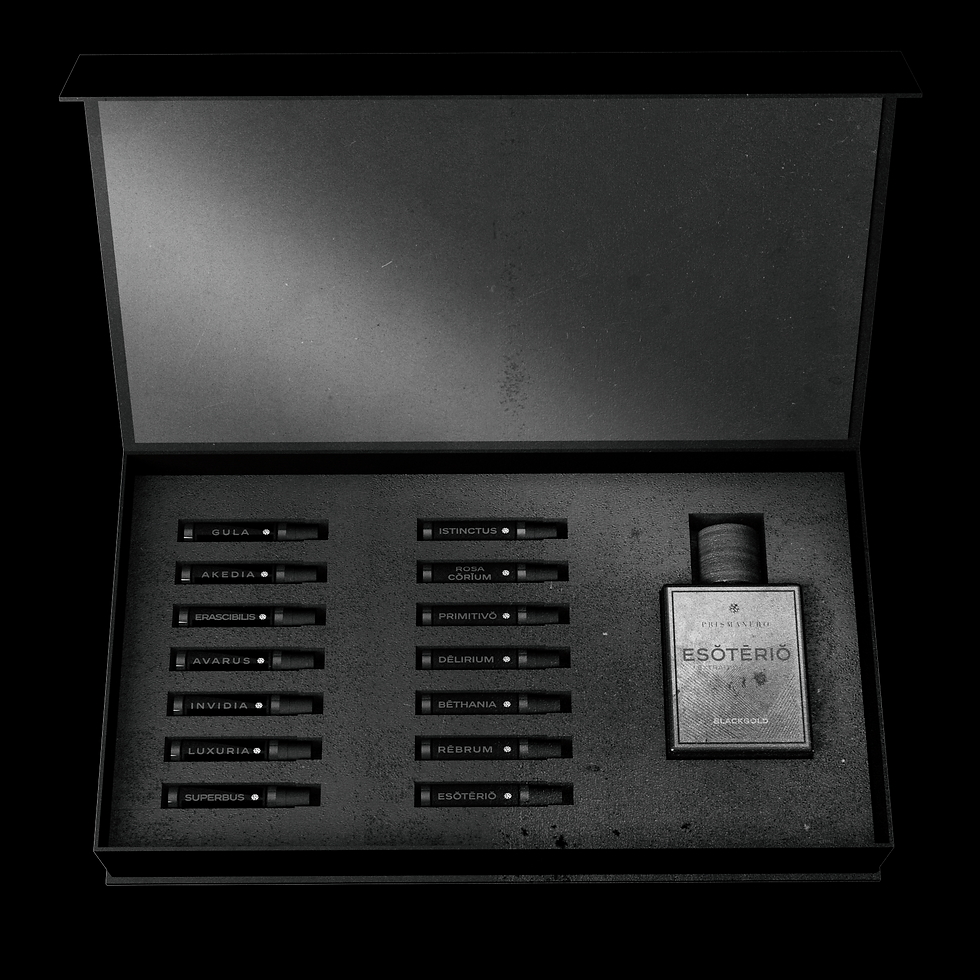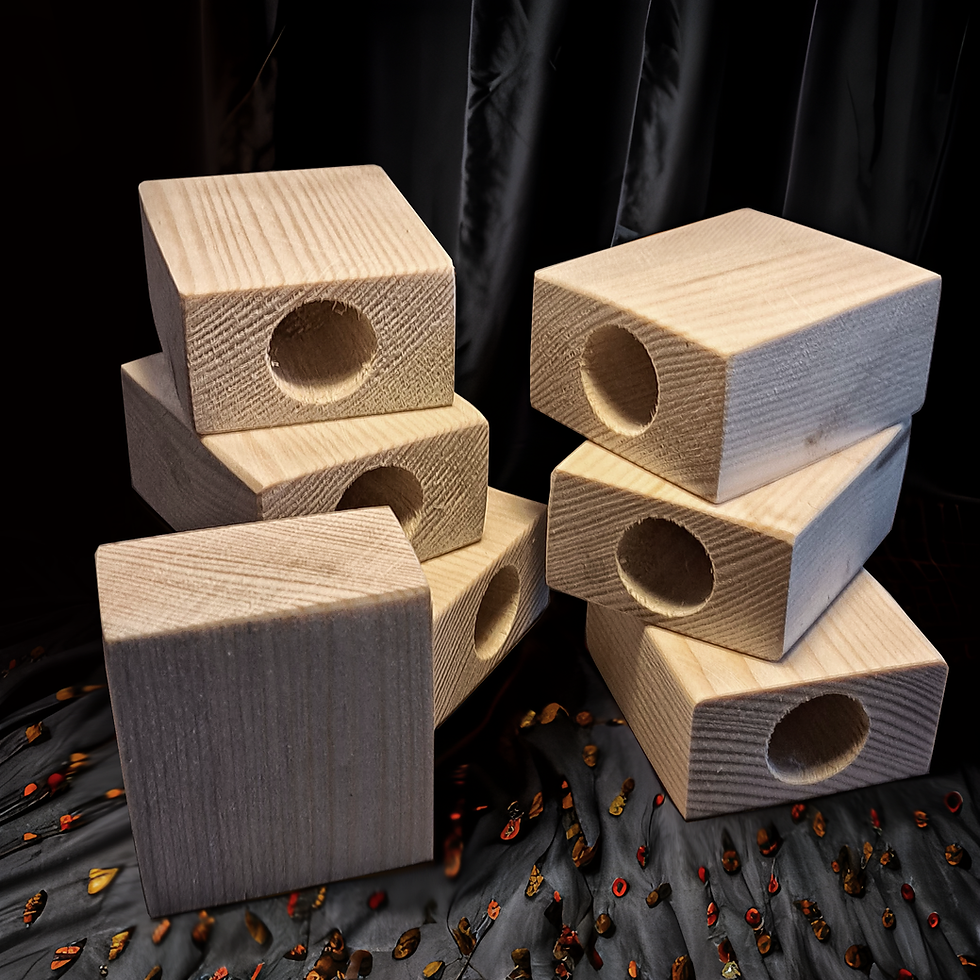
BASALT
The stone you have chosen is Basalt or Lava Stone. The word derives from the late Latin basaltes, from the Greek basanítēs 'hard and black rock'. Lava rock is formed by the rapid cooling of volcanic magma once it emerges on the Earth's surface. The composition of lava stone varies depending on the type of lava, and also on the type of volcano that releases it, which can be effusive or explosive. Lava rock is perhaps one of the most widespread stones in the world, as it forms a large part of the oceanic crust. A very hard stone, it has colors ranging from light gray to dark gray to black. In the past, lava stone was considered a stone capable of containing the energies and power of fire. An infinite number of legends and myths connect man to volcanoes. The reference to volcanic eruptions as the result of divine wrath, or a supernatural event, is almost a constant in cultures around the world. From Hawaii to the island of Java, from Iceland to the African lands, man has always imagined that a mystique was created to explain the wrath of volcanoes. These powerful and mysterious events led to the formation of a black stone, charged with the energy of the earth that repelled it. Lava rock is often considered a rock that contains all the power and energy of fire. This stone associated with the divinity of Hephaestus (in ancient Greek: Ἥφαιστος, Hḕphaistos) who in Greek mythology is the god of fire, forges, engineering, sculpture and metallurgy. Hephaestus was conceived by his mother Hera only out of revenge against her husband Zeus for all his lovers he had over the millennia. As soon as Hera saw him, she threw him down from Olympus, causing him to fall. Hephaestus was quite ugly and was lame and deformed from birth (although some legends say this was the result of his fall) and could only walk with the aid of a cane, in fact works of art depicting him often feature him as he struggles to stand and leans on his anvil. In the Iliad Hephaestus himself tells how he continued to fall for many days and nights and then ended up in the ocean, where he was raised by the Nereids, in particular by Thetis and Eurynome and who gave him a cave as a forge. Hephaestus took his revenge on Hera by building and giving her a magical golden throne which, as soon as she sat on it, kept her imprisoned, no longer allowing her to get up. The other gods begged Hephaestus to return to Olympus and free her, but he repeatedly refused to do so. Then Dionysus managed to get him drunk and brought him back tied on the back of a mule. Hephaestus agreed to free Hera only if they recognized him as a god and gave him Aphrodite as his wife. The marriage was arranged, but the goddess of beauty did not like the idea of being married to the very ugly Hephaestus at all, so the goddess, secretly in love with Ares, god of war, cheated on her husband several times who, tired of being mocked by the goddess of beauty, he returned to the bowels of the Earth, and decided to leave Olympus forever. As with the myth of Hephaestus, who to find his place must first get rid of his jealousy and must find himself, this stone helps to find one's center. Used by American Indians during the wars because they considered it protective, it helps to develop new, positive thoughts and also helps to improve behavior so that the person can find their calm and serenity in the darkest moments of their life . It is said that on a physical level, lava stone reduces tension, reduces pain and helps the body with the wound healing processes, blocking the leakage of blood. Furthermore, again at the blood level, it stimulates circulation. Lithotherapy scholars state that it is a hot stone as it has the power to spread and retain heat in the organs with which it comes into contact. In crystal therapy the volcanic stone is considered as the stone of rebirth in fact it is used to relieve tensions which can be either both nervous and muscular. On a mental level, lava stone is a stone that helps overcome fears, shocks and childhood traumas. It helps the person to make him aware of the dark sides of his personality and helps him to transform them. It therefore makes the person more aware and pushes him to improve and modify his behavior by making him develop latent faculties. It also helps to recover from traumas and to be able to better manage excessive and negative emotions such as anger and the sense of loneliness and rejection. Lava stone helps the person in the difficult and delicate process of growth. On a spiritual level, lava stone is considered a magnetic stone that absorbs the power of the telluric energy of mother earth. The magnetism of the stone protects and positively influences the wearer, giving him courage and strength to face the adversities of daily life. Speaking of chakras, the lava stone works on the root chakra (in addition to the Sacred chakra and the Solar Plexus chakra) which when it is in harmony with the other chakras it allows the person to feel safe and protected. This is due to the strong connection with the earth and with the mother. In fact, Hephaestus builds a throne for his mother, which imprisons her in a nostalgic and suffering memory. When an emotional relationship becomes a "tightening bond" or, even worse, a "painful obsession" in which the necessary balance between "giving" and "receiving" is altered, love can transform into a habit of suffering until to become a real “emotional addiction”. This fantastic stone embodies the very idea of anger, and of the voids and craters generated by the idealization of love, which has left wounds within us. Hephaestus was the husband of Aphrodite, the Ancient Greek goddess of love, beauty, desire and all aspects of sexuality, he could induce both gods and men to have illicit relationships, thanks to his good looks and his sweet words. The animal associated with this stone, due to its countless voids, it is the giraffe, a symbol of elegance, which stands out for its most evident peculiarity, that is, the length of its neck: a great distance that stands between the heart and the mind. A symbol of spiritual elevation, this physical trait indicates the importance of the connection between a loving thought and the heart. When the mind is in turmoil, thoughts are confusing and potentially negative. In this case, it means that we have moved too far from the heart, the only one capable of restoring peace where chaos reigns. Furthermore, the tongue has also learned to feed on thistles and thorns, a symbol of communication and the ability to discern. It indicates the importance of carefully choosing with whom and what to communicate, just as in nature the Giraffe must approach the Acacia with caution before it releases a substance that makes its fruits bitter. Symbol of intuition and perception, the three ossicones on the head are associated with the third eye and, being positioned in the highest part of the body, indicate the ability to have a broad, total and real vision. Its slender and elegant legs, well rooted to the ground, are a symbol of protection and concreteness.













